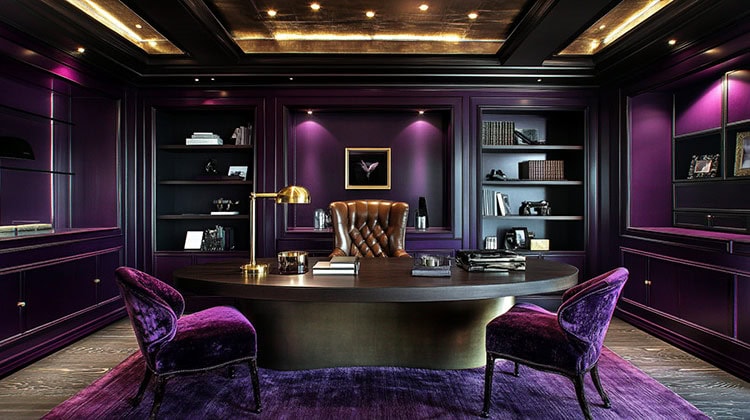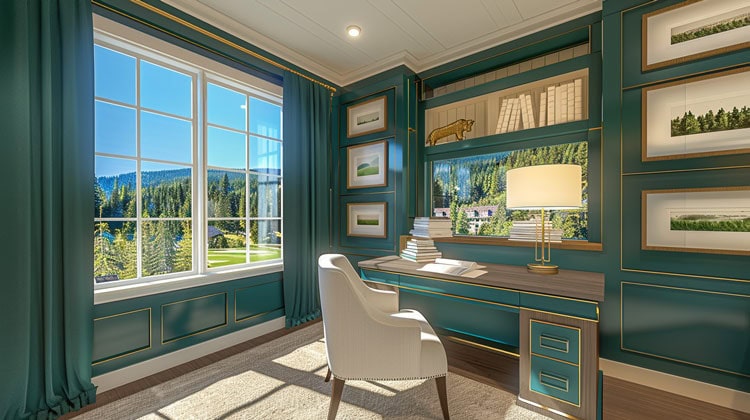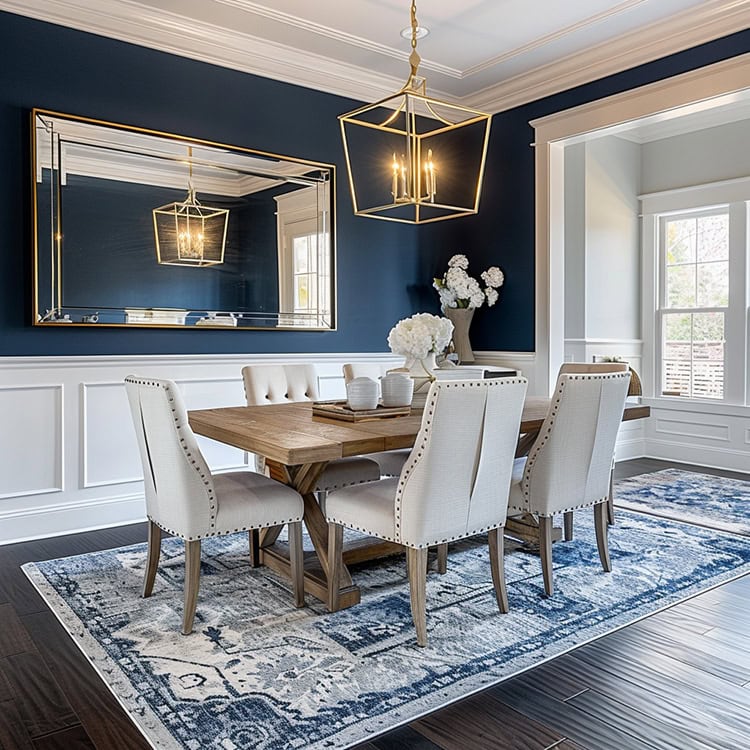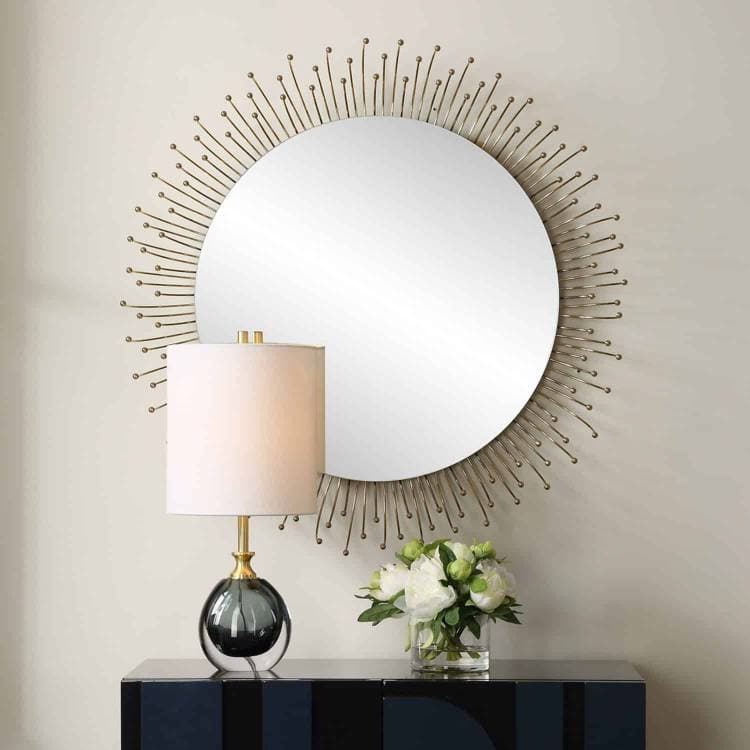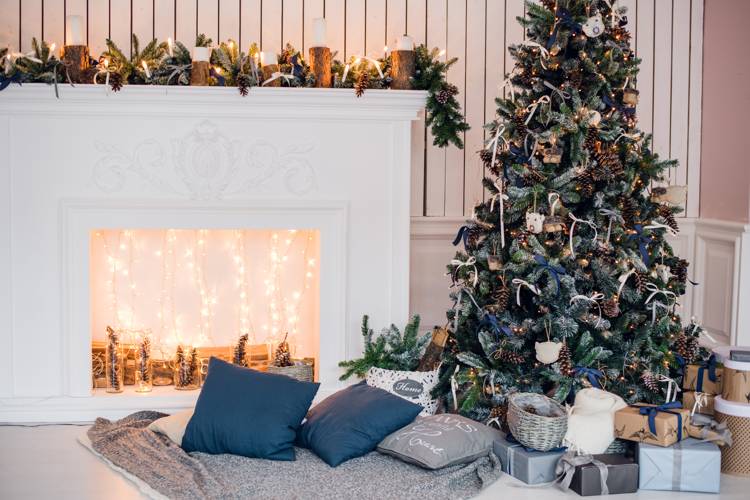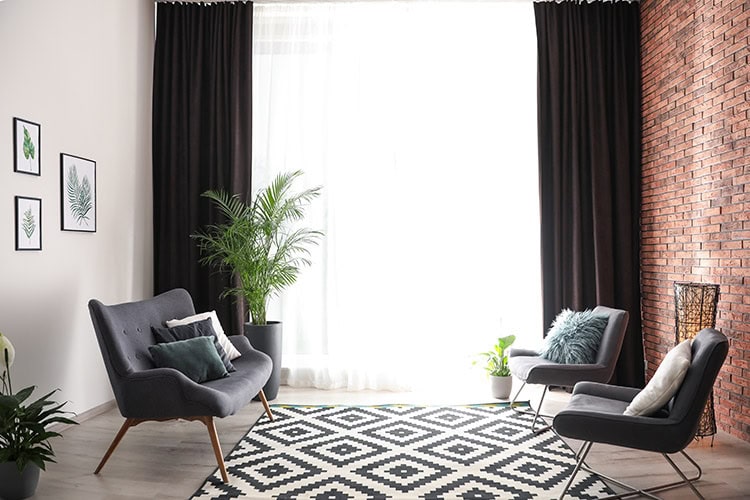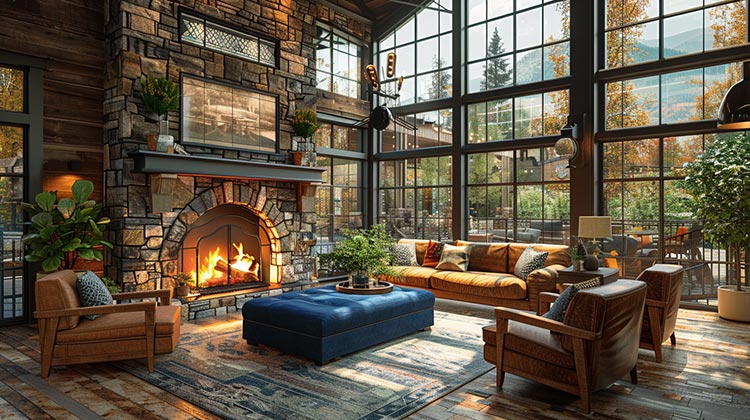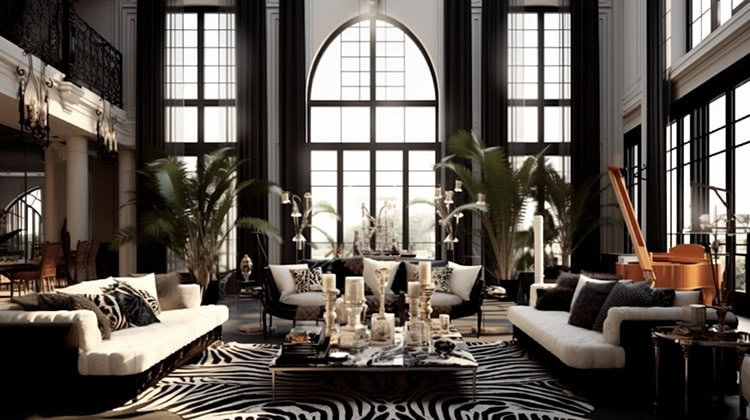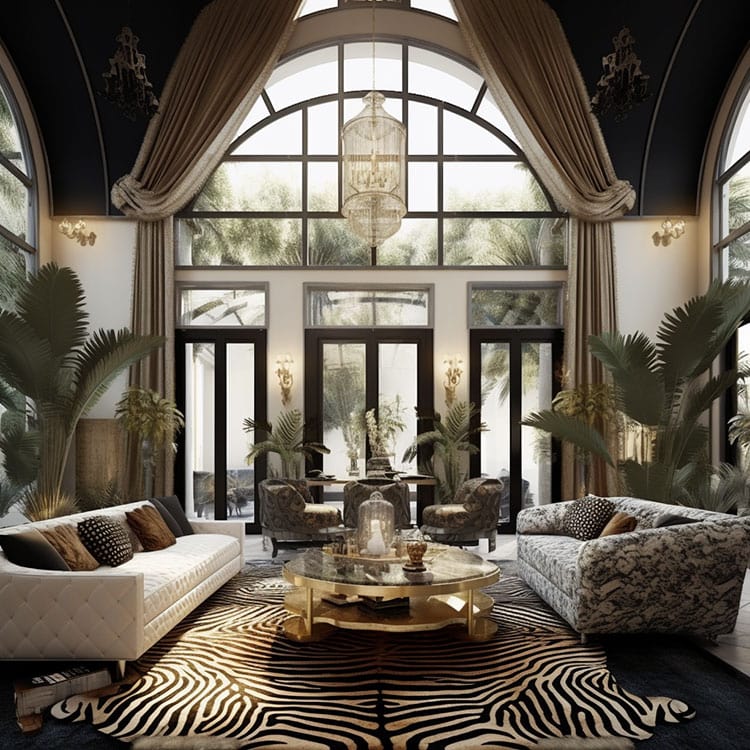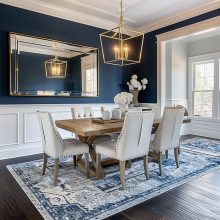The Art of Bespoke Furniture: A Curated Guide to Custom Pieces
In an age of disposable design, creating a truly bespoke piece of furniture is both an art and an investment in living well. This guide will help you navigate the journey from vision to reality, whether you’re reimagining a forgotten treasure or commissioning a new masterpiece.
Selecting Your Canvas
The foundation of any exceptional piece lies in its bones:
- Seek out frames crafted from noble hardwoods – walnut, oak, or mahogany.
- Examine the joinery with a connoisseur’s eye; even the smallest wobble betrays structural compromise. Fix what you can.
- Consider silhouettes that honor classical proportions while embracing modern sensibilities.
- Remember: space planning is an art unto itself – precise measurements are non-negotiable.
The Poetry of Materials
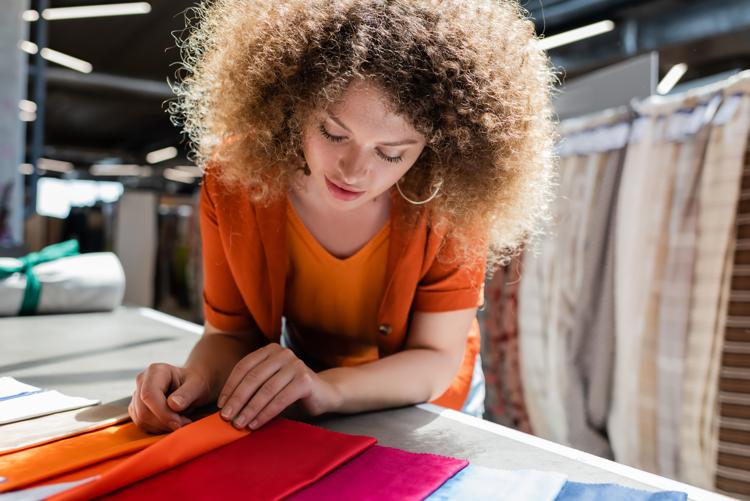 Textile Selection
Textile Selection
- Performance fabrics have evolved into worthy contenders: Sunbrella and Crypton offer durability without sacrificing sophistication
- Heritage textiles like cotton-linen blends marry tradition with livability
- For unparalleled luxury, consider heavy mohair velvet, fine knit velvet, or silk velvet (understanding they demand a certain reverence in care)
- Always insist on substantial sampling – what appears sublime in the showroom may whisper a different story in your space
Artisanal Details
- Bespoke legs can transform the pedestrian into the extraordinary
- Handcrafted nail heads in aged brass or antique copper tell a story of careful curation
- Consider self-welting in contrast fabrics for a touch of sartorial elegance
- Hidden zippers, while an investment, preserve clean lines while ensuring practical maintenance
The Execution
Collaborating with Artisans
- Seek craftsmen whose portfolios speak to their dedication to excellence
- Request detailed documentation of their process and materials
- Consider their willingness to source unique materials as a testament to their flexibility
- Insist on written estimates that outline both timeline and investment
For the Discerning DIY Enthusiast
- Begin with smaller statements – perhaps a bergère or slipper chair
- Invest in superior materials; they forgive amateur hands
- Professional tools can be rented rather than purchased
- Document your deconstruction process meticulously
Investment Strategies
- Source textile remnants from ateliers and design houses
- Explore architectural salvage for period-appropriate hardware
- Consider strategic luxury placement – perhaps silk for the front facade, with more modest materials in less visible areas
- Cultivate relationships with showrooms for access to floor samples and prototypes
The Art of Preservation
- Regular maintenance becomes a ritual of care
- Address life’s inevitable marks promptly and professionally
- Consider your piece’s relationship with its environment, including sun exposure and air quality
- Rotate cushions to ensure even patina development
- Engage professional cleaning services when needed
Signs of Compromise to Avoid
- Structural integrity issues that no amount of craftsmanship can disguise
- Textiles that have succumbed to time or elements
- Persistent aromatics that suggest a troubled history
- Evidence of unwanted guests, past or present
- Restoration costs that eclipse the value of the finished piece
Remember: While bespoke furniture offers unparalleled opportunities for personal expression, there are moments when a thoughtfully selected contemporary piece better serves one’s vision. The true art lies in knowing the difference.

